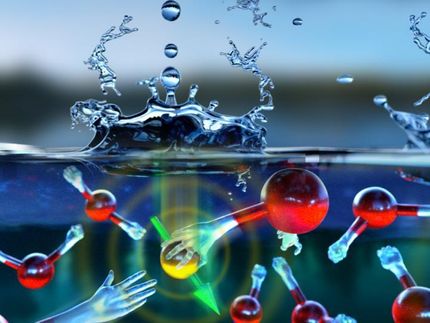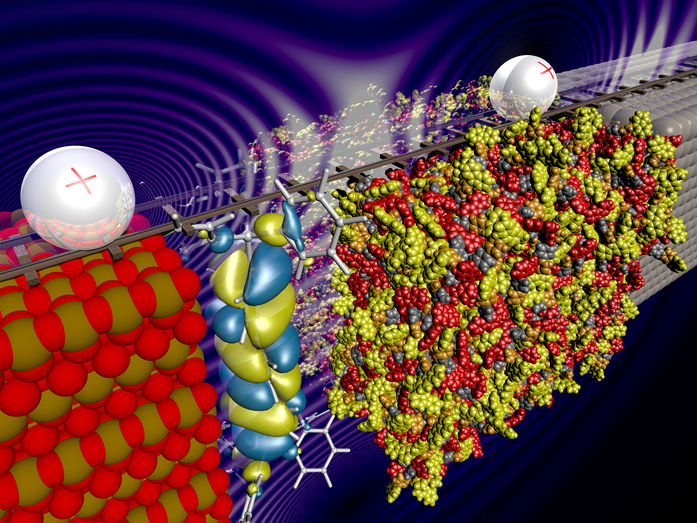Novel algorithm simulates water evaporation at the nanoscale
Advertisement
We are all familiar with boiling a pot of water - flame from a stove heats the base of a metal pot, the metal transfers the heat to the water, and the temperature goes up and up until the water boils. Professor Shalabh Maroo and graduate student Sumith YD are looking closer - much closer. They are looking at heat transfer in water at the nanoscale, where the heat from the pot's atoms transfers to the atoms that make up water.
The evaporation of water that occurs when it meets a hot surface is understood in continuum theory and in experimentation. Before now, researchers were unable to study it at nanoscales in molecular simulation. YD and Maroo's algorithm has made that possible.
Within their paper, the pair details their development of a new algorithm that simulates the evaporation of water at the molecular scale that matches theoretical, numerical, and real-world observations. In doing so, the team has provided a molecular dynamics tool that allows for the study of various heat transfer problems at the nanoscale, including understanding and utilizing passive liquid flows.
"By capturing realistic differential thermal gradients in water heated at the surface, our algorithm can be an incredibly valuable tool for studying a range of heating and cooling problems. It's also simple enough to be easily integrated into various molecular simulation software and user codes," describes Maroo.
This research is part of Maroo's CAREER award research, in which he is investigating the fundamental physics associated with nanoscale meniscus evaporation and passive liquid flow to remove large amounts of heat from small surfaces in very short amounts of time. This work aims to provide rapid and efficient cooling of next-generation computer chips and energy conversion devices.
Original publication
Other news from the department science

Get the chemical industry in your inbox
By submitting this form you agree that LUMITOS AG will send you the newsletter(s) selected above by email. Your data will not be passed on to third parties. Your data will be stored and processed in accordance with our data protection regulations. LUMITOS may contact you by email for the purpose of advertising or market and opinion surveys. You can revoke your consent at any time without giving reasons to LUMITOS AG, Ernst-Augustin-Str. 2, 12489 Berlin, Germany or by e-mail at revoke@lumitos.com with effect for the future. In addition, each email contains a link to unsubscribe from the corresponding newsletter.


































































